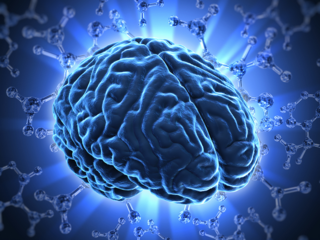Chronic Pain
Pain Psychology: Using Mind-Body Science to Your Advantage
Chronic pain can negatively shape brain patterns but this is reversible
Posted August 22, 2014

If you have chronic pain, you may have heard the pejorative statement that “it’s all in your head.” On the contrary, nothing could be further from the truth. Your pain is real. However, on a very technical level, all pain is in the human head because this is where pain is processed: in your central nervous system (brain and spinal cord). No matter where you may feel pain in your body, your central nervous system processes your pain. Your brain also processes your emotions, and the metaphor I use is that certain emotions and pain "share real estate" in your brain. It is therefore unsurprising that psychology is so important when it comes to managing pain. Pain psychology (or behavioral medicine for pain) helps connect you with vital information and skills so you may best control the factors that worsen pain, and help you cultivate tools for relief. These skills can help reduce pain intensity, but more than that, they can alter the way is processed in your nervous system, thereby contributing to lasting relief.
A key pain psychology skill is learning how to change your pain responses. The human body and brain is hardwired to respond to pain in a specific way— increased heart rate, increased respiratory rate, tight muscles, agitated thoughts, and vasoconstriction. These 5 elements make up the pain response. The same 5 elements make up the stress response. Indeed the pain and the stress response are the same, so it’s no wonder that many people observe that stress makes their pain worse. Living with chronic pain for months and years changes the brain and can shape it towards greater pain sensitivity and associated distress—that’s the bad news. The good news is that you can apply tools that, when used regularly, recondition mind and body toward greater comfort and relief.
References
1. Seminowicz DA, Shpaner M, Keaser ML, Krauthamer GM, Mantegna J, Dumas JA, Newhouse PA, Filippi CG, Keefe FJ, Naylor MR.Cognitive-behavioral therapy increases prefrontal cortex gray matter in patients with chronic pain. J Pain. 2013 Dec;14(12):1573-84.
2. Darnall BD. Psychological Treatment for Patients with Chronic Pain ©2018 American Psychological Association Press: Washington, D.C. (193 pages) ISBN-13: 978-1433829420


